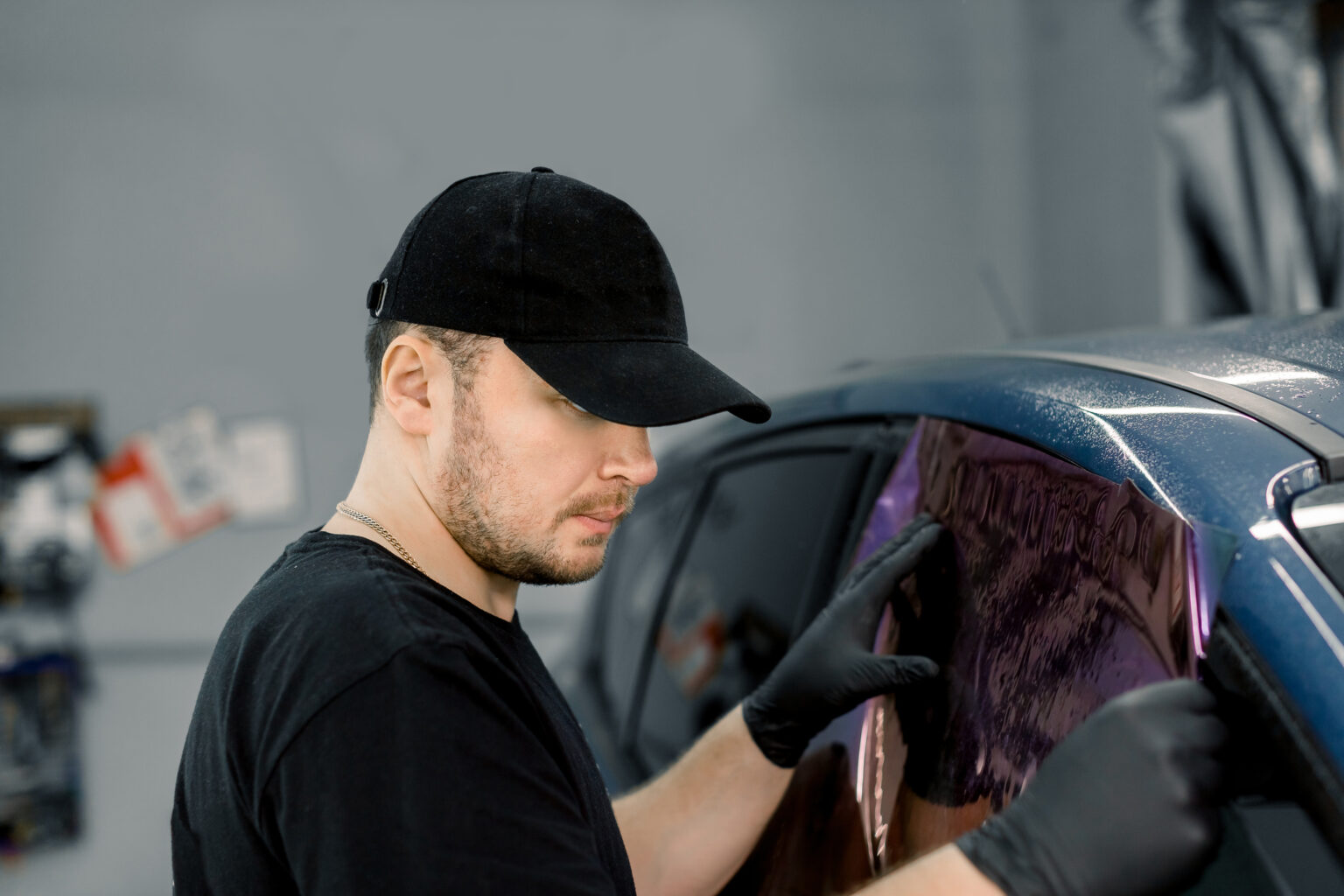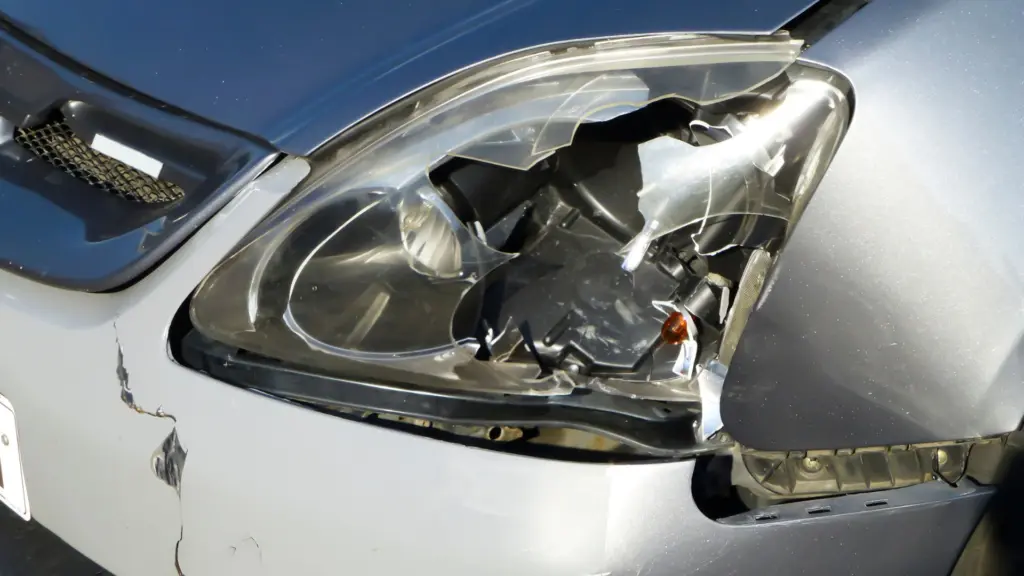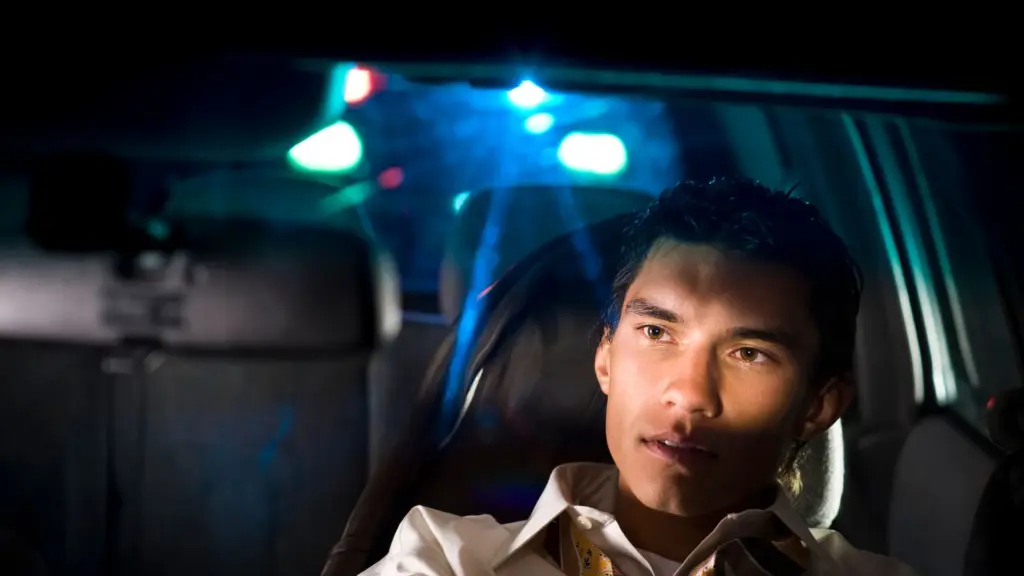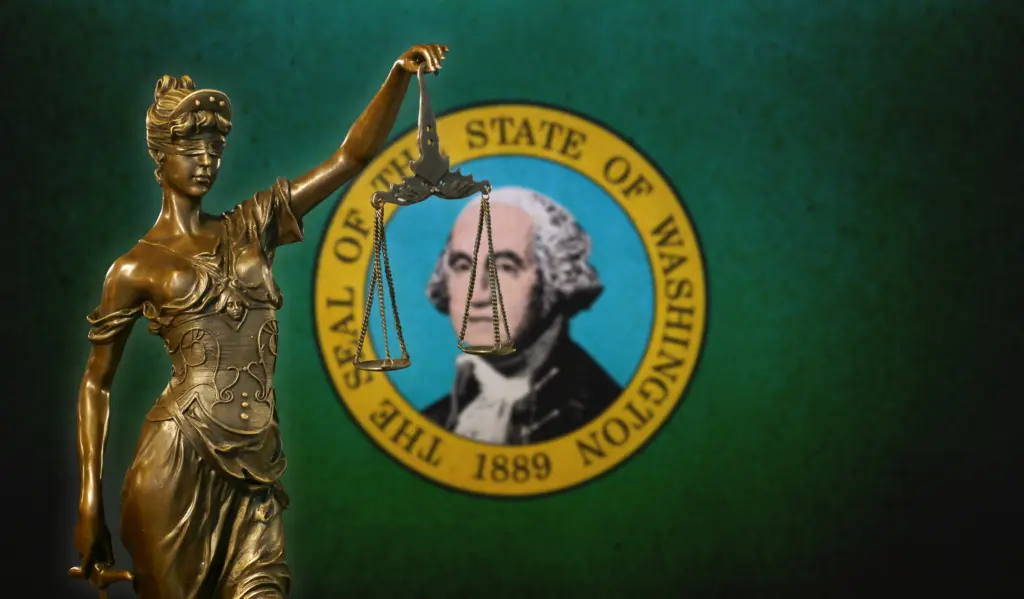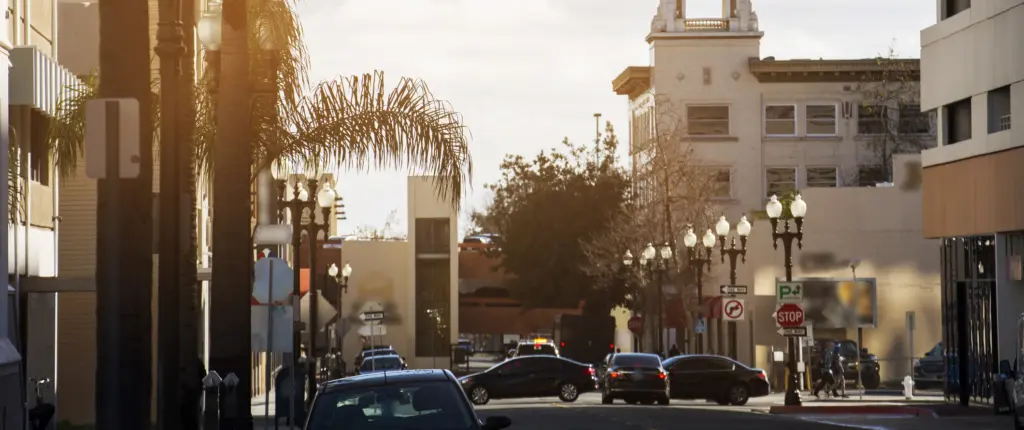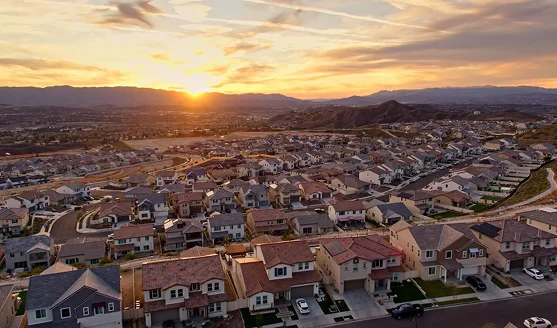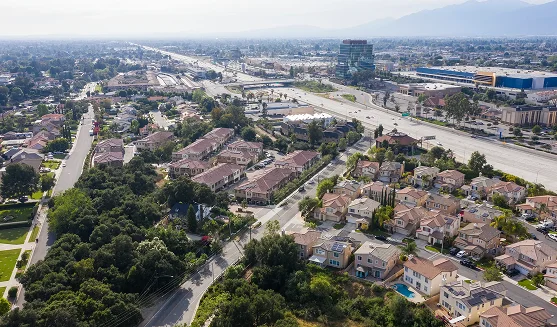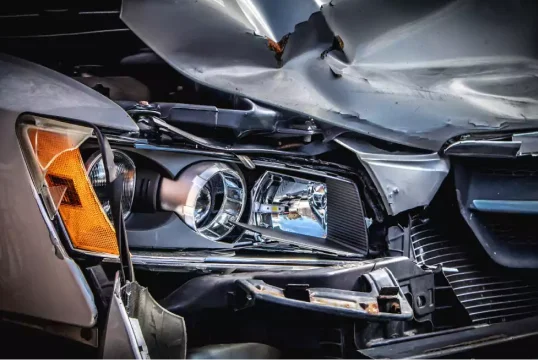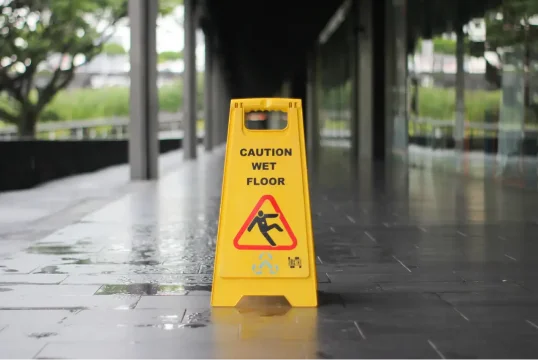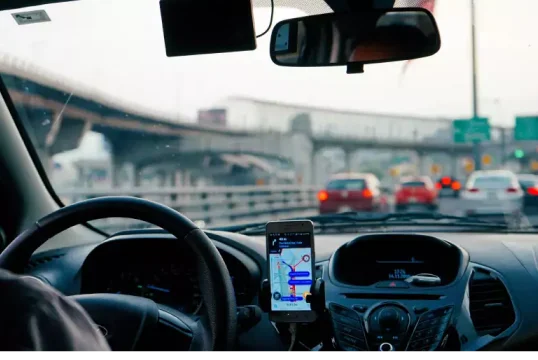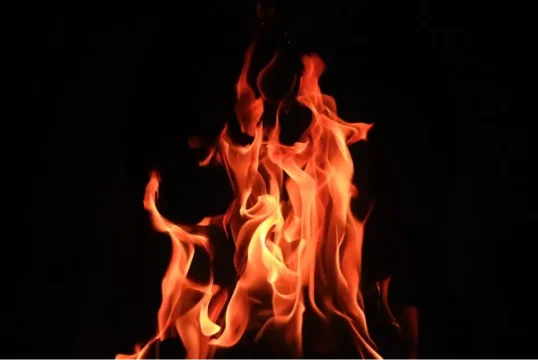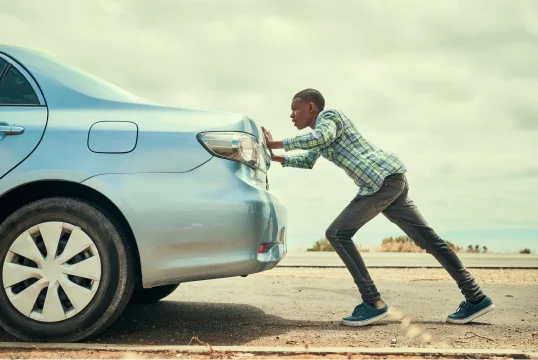Whether it’s to beat the sizzling California sun, drive in-style, or simply for a bit of privacy, tinting your vehicle’s windows can be the best route to take. But it’s not as simple as picking out the darkest, coolest tint and slapping it on your windows. In the Golden State, there are specific laws and regulations regarding window tinting that drivers need to follow to avoid penalties.
So, what are these window tinting laws in California and are there any exceptions?
What is the Legal Tint in California?

The legal window tint in California depends on the window location. There are clear specifications for the percentage of light allowed to pass through the tint (Visible Light Transmission or VLT%) and the level of reflectiveness permitted.
- For the front side windows, you must have a minimum of 70% VLT.
- For the front windshield, you can only tint the top four inches of the windshield.
- For the back and rear windows, any tint darkness can be used.
- California law also prohibits the use of amber or red tinting and restricts the usage of reflective or mirrored tints.
California Window Tint Law – 2025 Quick Reference Chart
| Window Location | Legal Tint Limit (VLT%) | Additional Rules |
|---|---|---|
| Front Windshield | Top 4 inches only (non-reflective) | No tint allowed below the top 4 inches. No amber or red colors. |
| Front Side Windows | Minimum 70% VLT | Must allow at least 70% of visible light to pass through. No mirrored or reflective tint allowed. |
| Rear Side Windows | Any darkness allowed | Tint can be as dark as desired. No amber or red colors. |
| Rear Windshield | Any darkness allowed | Same as rear side windows. Must have dual side mirrors if rear window is tinted. |
| Reflective Tint | Not allowed | No mirrored or metallic appearance on any window. |
| Color Restrictions | No red, amber, or blue | Violates Vehicle Code §26708. |
| Medical Exemption | Yes (with documentation) | Must carry signed note from a licensed dermatologist or physician in the vehicle at all times. |
| Penalty for Violation | $25+ fix-it ticket or up to $500 | Can escalate to suspended license and bench warrant if ignored. |
| Ceramic Tint | Legal if compliant | Must follow the same VLT and reflectiveness rules. Material doesn’t affect legality. |
What is Visible Light Transmission? (VLT%)
The term ‘Visible Light Transmission’ might sound like it’s straight out of a physics textbook, but it’s really quite simple. VLT refers to the percentage of light that a window tint film allows to pass through your vehicle’s window. A high VLT% means more light passes through, while a low VLT% means less light does.
The Importance of Tinting Regulations
California’s tinting laws aren’t designed to restrict privacy or allow police to pull you over for questionable reasons, but rather to ensure safety. A heavily tinted front window could limit a driver’s visibility, especially at night or in poor weather conditions.
Is Ceramic Tint Legal in California?
Yes, ceramic tint is legal in California as long as it complies with the state’s window tint laws. The legality of window tint isn’t determined by the material of the tint, but rather by factors such as its VLT% (Visible Light Transmission), color, and reflectivity. So as long as your Front side windows, Windshield and back window allow 70% VLT and aren’t reflective, you should be fine driving on California roads.
California Tint Law Exceptions
While there are pretty strict rules around window tints in California, there are certain exceptions. The exceptions are mostly health-related, and are for individuals with medical conditions that require them to limit their exposure to sunlight.
The Process of Getting a Medical Exemption
If you need darker tints for medical reasons, it’s not a done deal. There’s a process for it. You need to get a signed document from a licensed dermatologist stating your condition and why you need an exemption. This document must always be kept in the vehicle.
What Does a Medical Exemption Allow?
With a medical exemption, the 70% VLT rule for the front side windows can be circumvented. This allows individuals to get darker tints to protect them from harmful UV rays or excessive light. However, the exemption does not allow for the usage of colorful or reflective tints.
Penalties for Violating California Tinting Laws
Breaking tinting laws in California can lead to being pulled over by highway patrol officers or other law enforcement. You could be looking at a “fix-it” ticket or even a fine.
The “Fix-It” Ticket
This is typically the first step. If an officer stops you and deems your window tint too dark or otherwise illegal, they can issue a “fix-it” ticket. You’ll have to remove the illegal tint and get the vehicle inspected. The next step would be to show a judge proof of your newly compliant vehicle, along with paying a 25$ fix it ticket price.
Financial Penalties
If you fail to correct the violation, or if it’s not your first offense, you could face a more hefty penalty. The fines for illegal window tints can range anywhere from $25 to $500, depending on the county. Should you fail to pay off the fines or make the necessary corrections to your window tint, the court may issue a bench warrant and the DMV will suspend your driving privileges. Furthermore, if you get caught with these charges, it will very likely lead to criminal charges. With that in mind, it is vital that you pay off any fines and penalties.
Is It Legal to Tint the Front Windshield?
California’s tinting laws allow a non-reflective tint on the top 4 inches of the front windshield, but anything below that must allow 70% of light to pass through.
Why Are Front Windshield Tints Restricted?
Again, It’s all about safety. The front windshield is crucial for the driver’s visibility. A heavily tinted windshield can significantly impede visibility and potentially lead to accidents. It also prevents law enforcement from making visual contact with drivers, which is often necessary during traffic stops.
California Tint Laws vs. Other States
| State | Front Side Windows VLT% | Windshield Tinting | Rear Side Windows | Reflective/Mirrored Tint | Medical Exemption? |
|---|---|---|---|---|---|
| California | 70% | Top 4 inches (non-reflective only) | Any darkness allowed | Not allowed | Yes |
| Florida | 28% | Top of windshield (AS-1 line) | 15% (sedans), 6% (SUVs) | Permitted within limits | Yes |
| Texas | 25% | Above AS-1 line only | Any darkness allowed | Max 25% reflectivity | Yes |
| Michigan | No limit (rear only) | 4 inches from top | Any darkness allowed | Not restricted | Yes |
| New York | 70% | Non-reflective above AS-1 line | 70% | Not allowed | Yes |
| Arizona | 33% | Top of windshield (AS-1 line) | Any darkness allowed | Max 35% reflectivity | Yes |
| Delaware | 70% | No tint allowed on windshield | 70% | Not allowed | Yes |
What Happens If You Drive Out of State?
If you’re planning a road trip, remember that while your window tint might be legal in California, it could also be illegal in other states. So, it’s wise to learn more about the tint laws of any state you plan to visit, that is if you DON’T like getting pulled over.
The Role of Tinting Professionals in Compliance
With such stringent laws, the role of window tinting professionals is more important than ever. They can guide you in picking out tints that comply with state laws and make sure the installation is done right. As not all tinting professionals operate the same level of care and precision, make sure they’re knowledgeable about California tint laws and have a proven track record of quality installations. Be sure to check their online reviews and BBB rating!
Should you choose to go with someone who is inexperienced, a poor installation can lead to a host of problems, from bubbles in the tint to an uneven look. Not to mention, an incorrectly installed tint could violate state law. Professional installation adds another layer of reliability and guarantees that your tints look great and are in line with legal requirements.
Keeping up with Changes in Tint Laws
Just as with any laws, tint laws can and do change. So, we suggest staying up to date. Changes in tint laws can happen overnight, due to evolving technology and new research about health and safety. The current California vehicle code that governs this law is Vehicle Code 26708 CVC.
What Should I Do if I Have Received a Ticket for an Illegal Window Tint?
If you have received a ticket for an illegal window tint, it is highly recommended to pay off the associated fines and make the necessary adjustments to your car so you can avoid any further issues. Should you choose to wait, you risk facing additional fines and penalties that could effect your driving privileges. However, if you were involved in a car accident due to the negligent and reckless actions of a third party, you may be eligible to seek compensation regarding the matter. Contact us today by calling (213) 927-3700 or by filling our contact form to schedule a free consultation with our compassionate and talented legal team.
